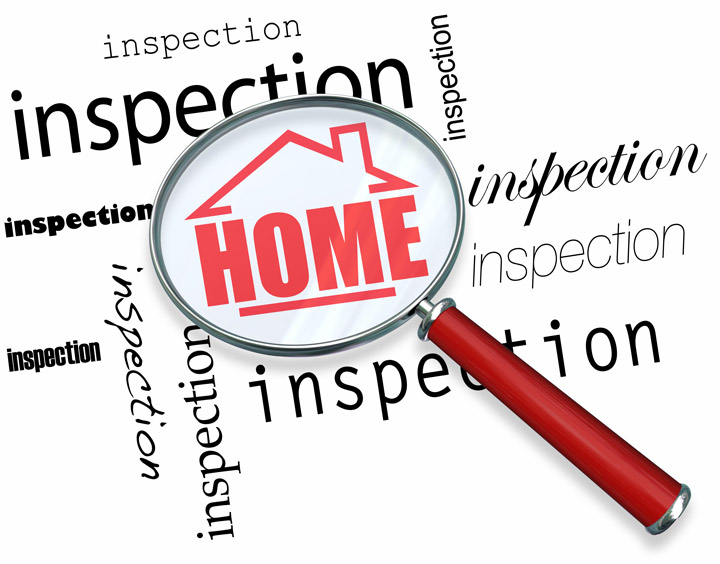
What Are the Components of an Appraisal?Their home's purchase can be the biggest investment most of us could ever encounter. It doesn't matter if where you raise your family, an additional vacation property or one of many rentals, the purchase of real property is a complex financial transaction that requires multiple people working in concert to see it through. You're likely to be familiar with the parties taking part in the transaction. The most recognizable entity in the transaction is the real estate agent. Then, the bank provides the financial capital required to fund the transaction. And the title company sees to it that all requirements of the sale are completed and that the title is clear to transfer from the seller to the purchaser. So, what party makes sure the property is worth the purchase price? This is where the appraiser comes in. We provide an unbiased estimate of what a buyer could expect to pay — or a seller receive — for a parcel of real estate, where both buyer and seller are informed parties. A licensed, certified, professional appraiser from Martin Appraisal will ensure, you as an interested party, are informed. The inspection is where an appraisal startsOur first responsibility at Martin Appraisal is to inspect the property to determine its true status. We must actually view aspects of the property, such as the number of bedrooms and bathrooms, the location, and so on, to ensure they really exist and are in the condition a typical buyer would expect them to be. To make sure the stated size of the property is accurate and illustrate the layout of the home, the inspection often includes creating a sketch of the floorplan. Most importantly, the appraiser looks for any obvious features - or defects - that would affect the value of the house. Back at the office, an appraiser uses two or three approaches to determining the value of the property: a paired sales analysis, a replacement cost calculation, and an income approach when rental properties are prevalent. 
Replacement CostThis is where the appraiser analyzes information on local building costs, labor rates and other elements to figure out how much it would cost to construct a property nearly identical to the one being appraised. This figure commonly sets the upper limit on what a property would sell for. The cost approach is also the least used method. 
Paired Sales AnalysisAppraisers get to know the subdivisions in which they work. They innately understand the value of particular features to the residents of that area. Then, the appraiser looks up recent sales in close proximity to the subject and finds properties which are 'comparable' to the real estate being appraised. Using knowledge of the value of certain items such as upgraded appliances, extra bathrooms, additional living area, quality of construction, lot size, we add or subtract from each comparable's sales price so that they are more accurately in line with the features of subject property.
After all differences have been accounted for, the appraiser reconciles the adjusted sales prices of all the comps and then derives an opinion of what the subject could sell for. At Martin Appraisal, we are an authority when it comes to knowing the worth of particular items in Red Hook and Dutchess County neighborhoods. The sales comparison approach to value is typically given the most weight when an appraisal is for a home exchange. Valuation Using the Income ApproachIn the case of income producing properties - rental houses for example - the appraiser may use a third method of valuing real estate. In this scenario, the amount of revenue the property produces is factored in with income produced by comparable properties to derive the current value. Arriving at a Value ConclusionCombining information from all approaches, the appraiser is then ready to state an estimated market value for the property in question. The estimate of value on the appraisal report is not always what's being paid for the property even though it is likely the best indication of what a property is worth. Depending on the individual situations of the buyer or seller, their level of urgency or a buyer's desire for that exact property, the closing price of a home can always be driven up or down.But the appraised value is typically employed as a guideline for lenders who don't want to loan a buyer more money than the property is actually worth. Here's what it all boils down to, an appraiser from Martin Appraisal will help you get the most fair and balanced property value, so you can make profitable real estate decisions. |